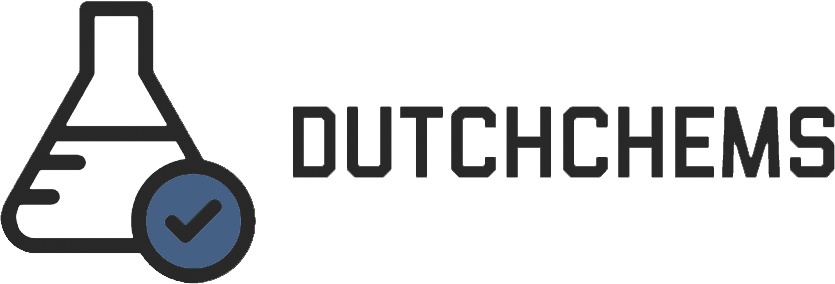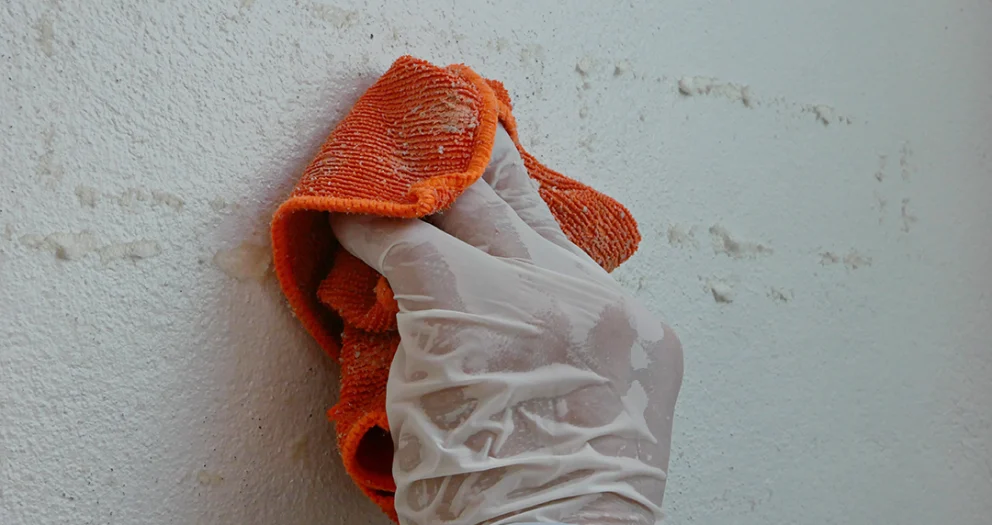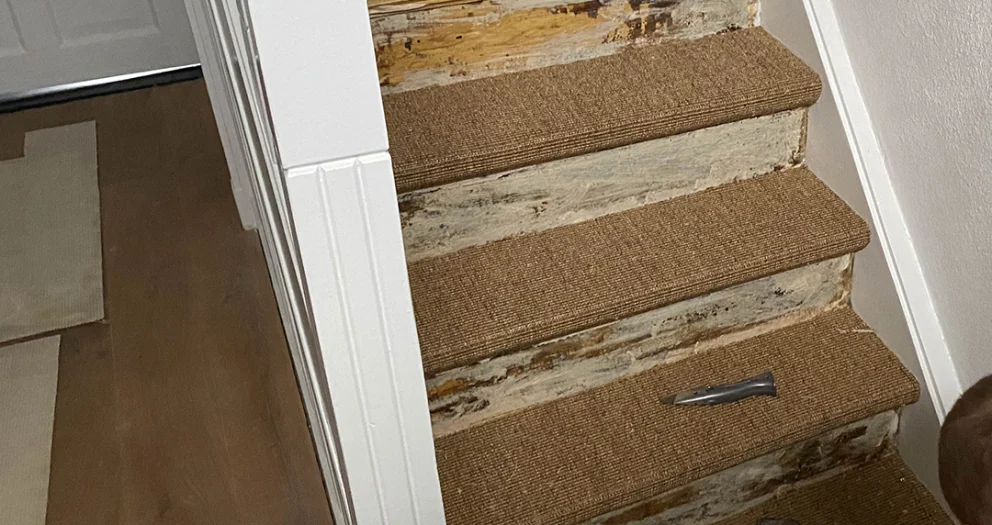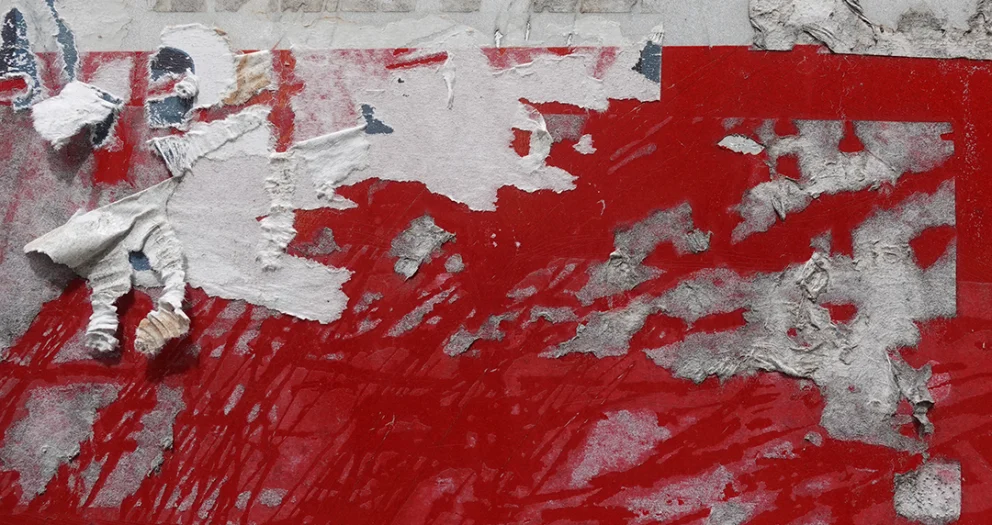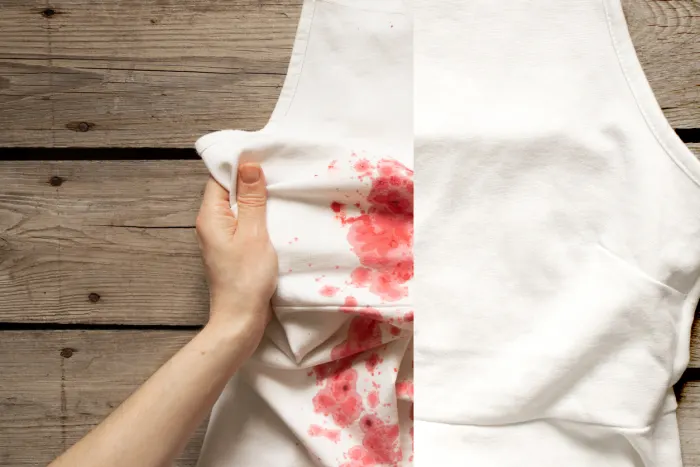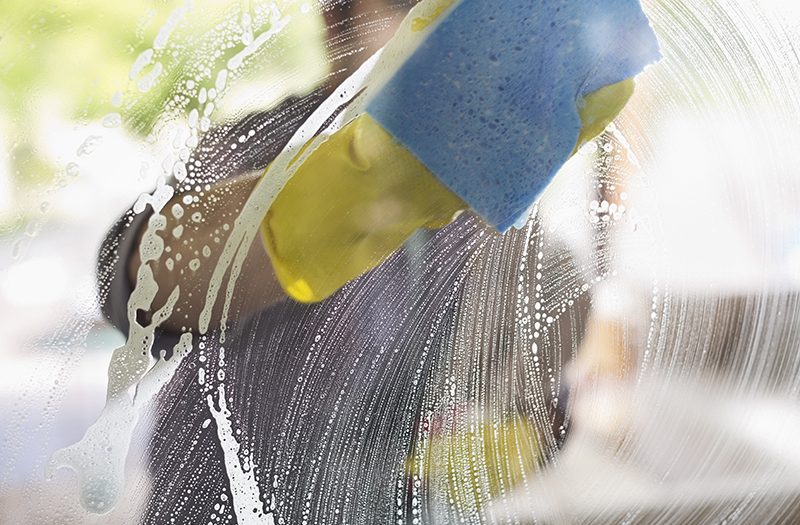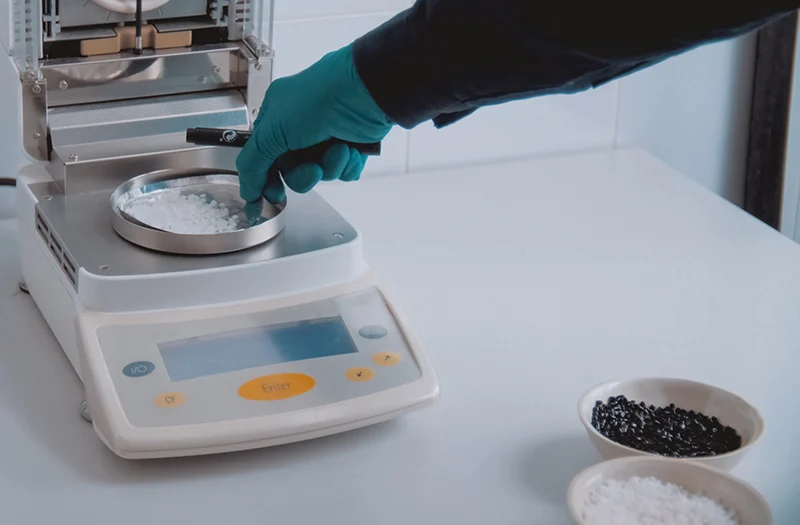The best products for removing glue
This article discusses the best products for removing adhesive, including acetone, vinegar, rubbing alcohol, mineral spirits, and commercial adhesive removers. Acetone is powerful and effective on hard, non-porous surfaces, but can damage some materials. Vinegar offers a milder, more environmentally friendly alternative, suitable for wood and glass. Rubbing alcohol is versatile and safe for most surfaces, while mineral spirits is effective for paint-related adhesives on wood and metal. The article emphasizes the importance of safety precautions such as wearing gloves and ventilating the area. Commercial adhesive removers are convenient and effective, but tend to be more expensive and often contain the same solvents as cheaper alternatives, with the benefit of clear instructions.
